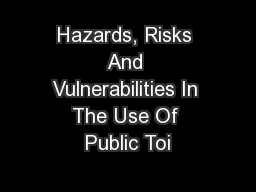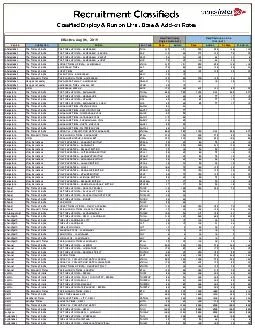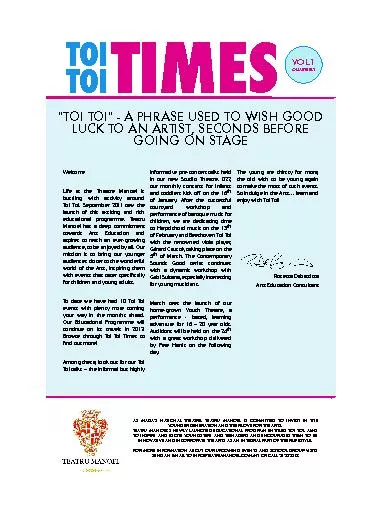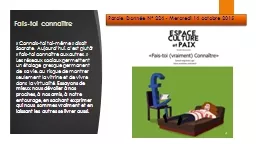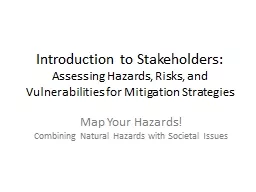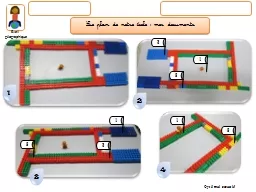PPT-Hazards, Risks And Vulnerabilities In The Use Of Public Toi
Author : debby-jeon | Published Date : 2017-06-26
By Dr Olajumoke Olufemi For Prof AT Onajole CMULLUTH IdiArabaLagos Why all this toilet talk 1 in 3 people on this planet still dont have access to a clean and
Presentation Embed Code
Download Presentation
Download Presentation The PPT/PDF document "Hazards, Risks And Vulnerabilities In Th..." is the property of its rightful owner. Permission is granted to download and print the materials on this website for personal, non-commercial use only, and to display it on your personal computer provided you do not modify the materials and that you retain all copyright notices contained in the materials. By downloading content from our website, you accept the terms of this agreement.
Hazards, Risks And Vulnerabilities In The Use Of Public Toi: Transcript
Download Rules Of Document
"Hazards, Risks And Vulnerabilities In The Use Of Public Toi"The content belongs to its owner. You may download and print it for personal use, without modification, and keep all copyright notices. By downloading, you agree to these terms.
Related Documents

